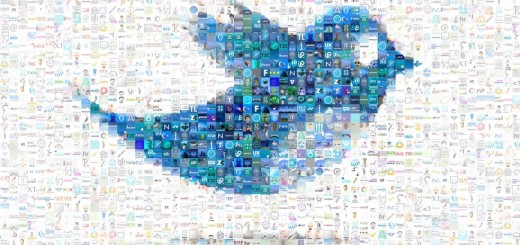Gaming evolves to become a bigger opportunity for advertisers
Founded in 1987, the Game Developers Conference (GDC) attracts over 19,000 attendees during its annual gathering in San Francisco. Initially focusing on computer games, the conference now covers all platforms, including consoles, handheld devices, mobile, smartphone, and tablet devices, and online and PC games, which certainly reflects on the industry’s evolution in the past 25 years. The overall focus of the conference is to deliver a show that highlights the ideals of the gaming industry developers and gamer’s desire, rather than the industry’s current state.
This year’s GDC has shown that the gaming space is as dynamic as ever. The focus on consumer-based virtual reality headsets proves that gaming companies are taking risks to identify new ways to engage the hardcore and casual gamer alike. Similar to advertising, risks need to be taken in order to innovate, and eventually, bring new revenue streams to life. Now that creating a blockbuster game title is available to the independent gaming development crowd, a more diverse range of ideas and concepts will be made available to a much larger population. This can be applied to all areas of the gaming space, from hardcore console games to casual mobile games, giving brands the opportunity to reach a very specific or very broad audience through a play experience.
Highlights from the GDC
The GDC is the year’s primary forum for anything game-developer related. Programmers, artists, producers, game designers, audio professions, business decision makers and others involved in the development of interactive games gather to exchange ideas and shape the future of the industry.
While advertising is not discussed, it is a good place for industry insiders to learn about what is occurring in the space, and to gather insights into the game development process, current trends, and what lies ahead to apply to client needs.
A list of the key highlights that occurred during the conference include:
• The second generation of the Oculus Rift, a virtual reality gaming headset, was made available for preorder
o Sony announced its version of a virtual reality gaming headset, codenamed Project Morpheus.
• In an effort to diversify gaming controllers, publishing company Valve, released another version of the proprietary controller for the Steam Machine.
• Unreal Engine 4, a blockbuster gaming production software, was made available for USD 19 a month with a clause stating 5 per cent of gross sales will be awarded to Unreal.
• Game Maker Studio, a popular indie developer tool, now supports Sony PlayStation 3, 4 and the PS Vita
• The popularity of the Free-to-Play (FTP) model continues to grow each year, with games such as Clash of Clans and Candy Crush leading the way.
For the gamer and the advertiser
Facebook’s recent purchase of the Oculus Rift (VR Headset) Technology will open new avenues for brands to advertise in the virtual reality space. This will give consumers a new way to interact with a brand.
Thanks to the advances with game production technology the possibility of creating a branded game experience will be cheaper and at a higher production value.
The growth of the Free to Play model leads to more ad space for brands. These games cannot rely entirely on in-app purchases and will likely be looking to advertising as a way to monetise their games.



